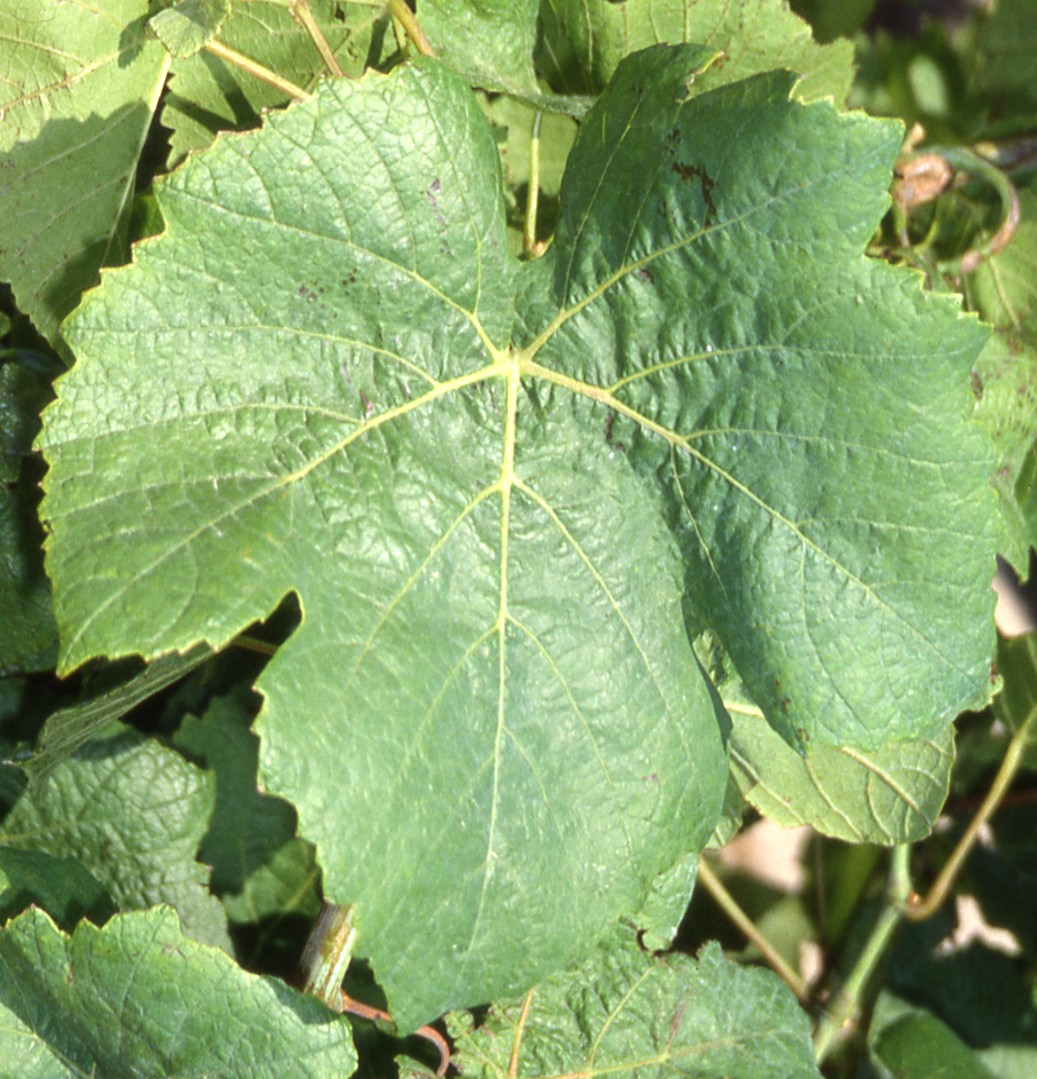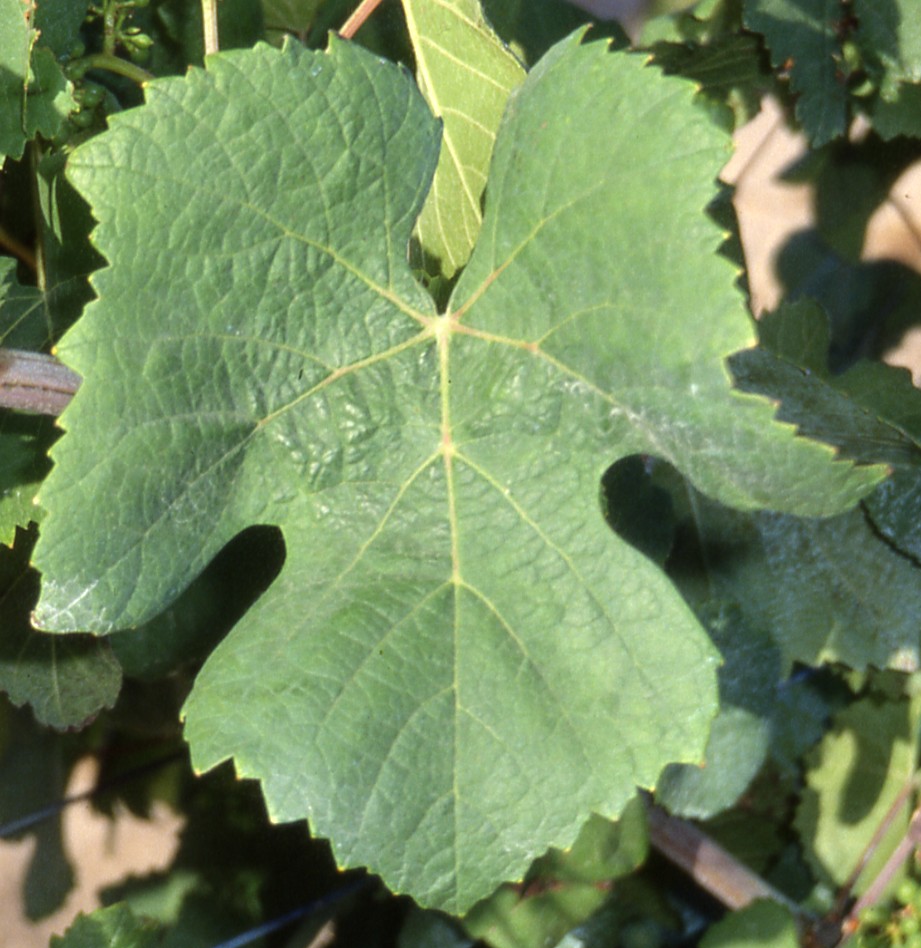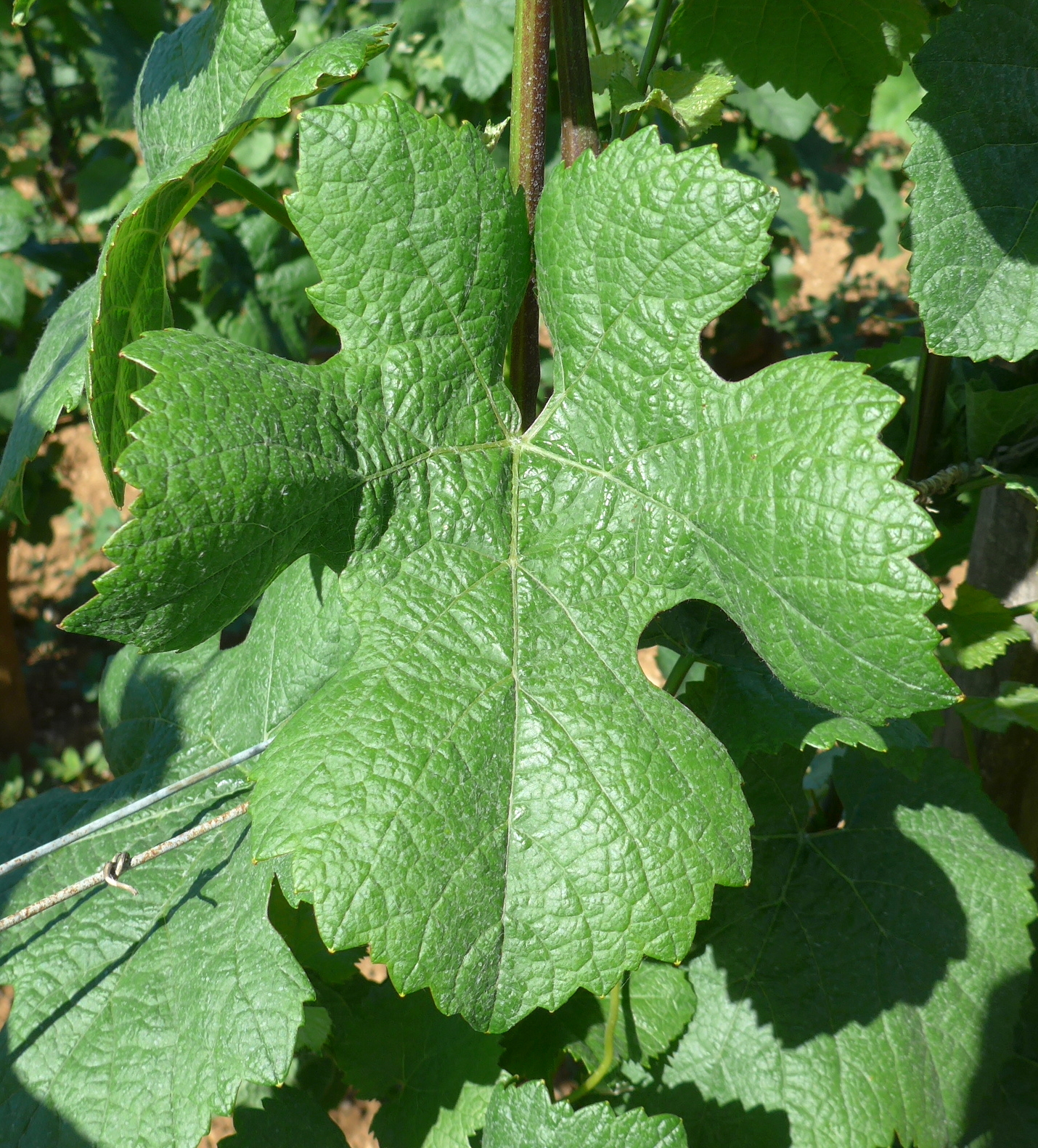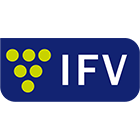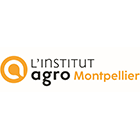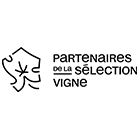Certified clones

-
-
Clone number
-
Variety
-
Brand
-
Origin
-
Selection
-
Year of approval
-
Agronomic Reference
-
Surface in multiplication
-
Other information
-
Agrotecnica note Little difference between the small distribution clones 235 and 289. Slightly higher productivity can be noted for clone 289.
-
Other information
-
Agrotecnica note Little difference between clones 235 and 289, which are not widely distributed. However, a slightly higher productivity was noted for clone 289.
-
Agronomic Data
-
Fertility medium
-
Production level low to medium
-
Cluster weight low
-
Vigor medium
-
Berry size medium to high
-
Susceptibility to Botrytis medium
-
Technological Data
-
Sugar richness medium
-
Total acidity medium
-
Aromatic intensity high
-
Oenological skills wines appreciated in tasting for their aromatic and gustatory qualities
-
Other information
-
Agrotecnica note Qualitative clone of regular and average to low production. It is a little more susceptible to rot than the others.
Appreciated in tasting.
-
Agronomic Data
-
Fertility medium to high
-
Production level medium
-
Cluster weight low to medium
-
Vigor medium
-
Berry size low to medium
-
Susceptibility to Botrytis low to medium
-
Technological Data
-
Sugar richness medium to high
-
Total acidity medium to high
-
Aromatic intensity medium to high
-
Oenological skills wines appreciated in tasting
-
Other information
-
General note qualitative clone, of average but rather irregular production. It has a good tolerance to rot.
Appreciated in tasting, it has an interesting profile regarding the sugar/acidity ratio.
-
Agronomic Data
-
Fertility medium
-
Production level low to medium
-
Cluster weight low to medium
-
Vigor low to medium
-
Berry size medium
-
Susceptibility to Botrytis low to medium
-
Technological Data
-
Sugar richness medium to high
-
Total acidity medium
-
Aromatic intensity medium to high
-
Oenological skills wines appreciated in tasting
-
Other information
-
Agrotecnica note Qualitative clone of regular and average to low production. It has a good tolerance to rot.
It is also appreciated in tasting.
-
Agronomic Data
-
Fertility medium
-
Production level medium
-
Cluster weight medium
-
Technological Data
-
Sugar richness medium
-
Total acidity medium
-
Oenological skills representative wines of the variety
-
Agronomic Data
-
Fertility low to medium
-
Production level low to medium
-
Cluster weight medium
-
Technological Data
-
Sugar richness medium
-
Total acidity medium
-
Oenological skills representative wines of the variety
-
Agronomic Data
-
Fertility medium
-
Production level medium
-
Cluster weight medium
-
Vigor medium
-
Berry size medium to low
-
Susceptibility to Botrytis medium
-
Technological Data
-
Sugar richness medium
-
Total acidity medium to high
-
Oenological skills fine and well-balanced wines
-
Other information
-
General note clone with an intermediate level of production. More acidic and a little less sugar content than the others, it will be suitable for early terroirs
-
Agronomic Data
-
Fertility medium
-
Production level medium to low
-
Cluster weight low to medium
-
Vigor medium to high
-
Berry size low
-
Susceptibility to Botrytis medium to low
-
Technological Data
-
Sugar richness medium to high
-
Total acidity medium
-
Oenological skills wines appreciated for their aromatic intensity and their concentration in mouth
-
Other information
-
General note This clone is characterized by small berries resulting from a sensitivity to millerandage. It is not very sensitive to botrytis, not very productive and stable for this character. It presents a higher vigor and is very appreciated in wine tasting.
-
Agronomic Data
-
Fertility medium
-
Production level medium
-
Cluster weight medium
-
Technological Data
-
Sugar richness medium to high
-
Oenological skills fine and well-balanced wines
-
Other information
-
General note clone appreciated for its agronomic characteristics and the quality of the wines obtained
-
Agronomic Data
-
Fertility medium
-
Production level medium to high
-
Cluster weight medium to high
-
Technological Data
-
Sugar richness medium
-
Oenological skills representative wines of the variety
-
Agronomic Data
-
Fertility medium to high
-
Production level medium
-
Cluster weight low to medium
-
Technological Data
-
Sugar richness medium to high
-
Oenological skills fine and balanced wines
-
Other information
-
General note clone appreciated for its agronomic characteristics and the quality of the wines obtained
-
Agronomic Data
-
Fertility medium to high
-
Production level medium to high
-
Cluster weight medium to high
-
Technological Data
-
Sugar richness medium
-
Oenological skills suitable for the production of sparkling wines
-
Other information
-
General note clone considered as «typical» in Champagne
-
Agronomic Data
-
Fertility medium
-
Production level low
-
Cluster weight low
-
Berry size low to medium
-
Technological Data
-
Sugar richness high
-
Color potential medium to high
-
Total acidity low to medium
-
Tannic structure medium to high
-
Oenological skills typical, powerful and aromatic wines with a good tannic structure
-
Other information
-
General note clone appreciated for its agronomic characteristics, the quality and color of the wines obtained. Good aptitude for the production of wines suitable for ageing.
-
Other information
-
Agrotecnica note Clone not widely distributed.
-
Agronomic Data
-
Fertility medium to high
-
Production level medium
-
Cluster weight low to medium
-
Technological Data
-
Sugar richness medium to high
-
Oenological skills suitable for the production of sparkling wines
-
Other information
-
General note clone considered as «typical» in Champagne



